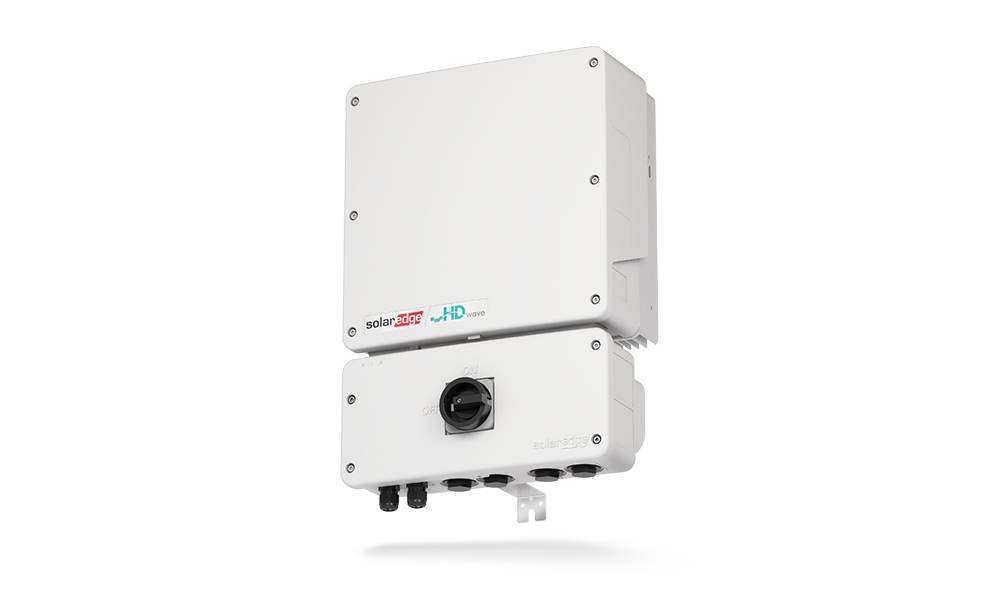
Sign up for daily news updates from CleanTechnica on email. Or follow us on Google News!
Electric vehicles (EVs) aren’t really new anymore. Today, EVs make up about 10% of US sales, and new vehicle shoppers who say they’re “very interested” in buying an EV recently reached a two-year high of 29%. If you’re a senior who’s considering making the transition to an EV, it is absolutely the right move for you. That’s because you’re someone who prizes driving affordability, safety, comfort, and cleanliness.
EVs are ideal for a senior driver today. Here are some reasons why.
So easy and fun to drive. As people gradually experience EVs and notice their benefits, word of mouth spreads across family, friends, neighbors, and co-workers. EV drivers appreciate how smooth and enjoyable an electric powertrain is. They love the extra control that regenerative braking offers — on many trips you don’t even need to brake! They’re quiet — no chugging engine that drowns out conversation, no gears churning up and down.
More affordable than ever. Quality EVs with decent power and range are cheaper than they’ve ever been. One critical change that has been driving consumer sales is that some governments have been requiring that automakers try harder: battery costs have been falling year after year. The cheaper battery prices are leading to cheaper electric cars, which is leading to a spike in EV demand. We’ve seen this story time and time again. It happened with solar cells and modules, and it will continue happening with EV batteries and EVs. In fact, someone told our CleanTechnica colleague David Waterworth that having an EV was a great “pension stretcher.”
Range to get you where you’re going. Range anxiety was a much more common concern a few years ago, as was charging anxiety — uncertainty of finding an available and functional charging station when needed. I’ve owned three different EVs over the last several years and have been able to make due with each model, adapting to the range it offered.
Charge-at-home simplicity. Of all charging, 72% is done at home. Level 1 charging utilizes a regular household 120 volt (V) outlet. This provides around 4 miles of range per hour of charging, and so overnight it builds as you sleep — it’s never a big deal for me. Level 2 charging utilizes a 240V outlet, such as one used by an electric dryer. This level of charging provides around 25 miles of range per hour.
Low maintenance. In an electric vehicle, electricity flows from the battery to a motor — or sometimes two motors — through wires. Electric motors typically have only a few moving parts. In a conventional car, the gasoline or diesel fuel goes from the tank to the engine. That means lots more moving parts and much more maintenance to keep them all working in sync. I’ve owned my Tesla Model Y for three years and have never taken it to a service center. To install over-the-air updates, all it takes it to touch a couple of icons on the dash — no need to drive to an appointment and wait, and wait, and wait.
Eco-friendly modeling for your family and friends. How up-to-date and conscientious you’ll seem as a senior to the important folks in your social circle when you purchase an EV! EV sales are moving at the right speed to reach net zero carbon emissions as outlined in the Paris Agreement. That achievement is revealed in a 2023 analysis that shows that the EV sector is the only one of 42 indicators assessed that is on track to reach an agreed-upon 2030 target. EVs hold the sole position as the only bright spot among power, buildings, industry, transport, forests and land, and food and agriculture that is on a trajectory to keep global warming limits within reach at 1.5 degrees C (2.7 degrees F). Together, these sectors account for roughly 85% of global GHG emissions.
With all the negative press about them these days, it might be easy to forget how essential EVs are to achieving a net zero emissions world.
Some EVs That Are Appealing To A Senior
Choosing an option that’s closest to familiar internal combustion engine (ICE) practices seems an easy way to make sense of EVs. That means a premium EV with a big battery and access to a fast-charging network like Tesla infuses consistent driver confidence. But is this veneer of big and fast necessary for an average day in the life of a US driver, especially a senior? Maybe not. AAA suggests the following vehicles for a senior to consider.
Nissan Leaf: It’s small, easy to drive, and has a low base price of $28,140. The range is about 212 miles, and, since most people drive fewer than 30 miles per day round trip, it’s great for charging just a couple of times per week. If you’re a senior who’s has concerns about high tech interiors of some EVs, the Leaf looks like any car you’ve driven before..
Hyundai Kona Electric: With a starting price around $33,000, this is Hyundai’s most affordable EV. It has a spacious roomy interior, is easy to negotiate in high traffic situations, and offers remote smart parking assist and blind-spot view monitor. Its range varies between 200 and 261 miles depending on driving conditions, and it has a slower charging rate than comparable models.
Ford Mustang Mach-E: Ready to embrace personal transportation electrification with a sporty EV? You might like the Ford Mustang Mach-E. With a 320-mile range and room for five passengers, you’ll pay around $40,000 — but, oh, the memories of your earliest Mustang days…
Kia EV6: It’s a crossover SUV with excellent passenger legroom and cargo space. The basic model at $42,00 offers 232 miles range. It’s an entree into display screens which are reported to be user-friendly. Rhe EV6 has numerous driver-assist features, including lane-keeping alerts and forward collision warnings.
Chevrolet Bolt: If you’re a senior who’d like to slowly ease your way into an EV, think about buying this reliable, affordable, and fun used EV. While new models have been discontinued, used models are available in a wide variety of prices — anywhere from $10,000 to $20,000 . Mileages of these vehicles tend to be low, as many former owners used them as second family cars . With about 10 minutes of instruction you’d be ready to drive, having the familiarity of a GM vehicle in your hands.
Final Thoughts About An EV For A Senior
You may be concerned that President-elect Trump’s executive actions affect the availability of EV tax credits. However, any move to delete EV tax credits will require an act of Congress. That will be a tough call, as Republican lawmakers want to continue the Biden-era manufacturing boom. While the Democrats didn’t speak nearly enough about it, red states benefited more than blue states from Biden’s clean energy project funding. With that federal funding came billions of dollars of private investment that’s been pouring into EV manufacturing.
According to Atlas Public Policy, which closely tracks EV-related incentives, about two-thirds of federal funds for highway chargers have been allocated to states, and 72% of grants for community chargers have been awarded.
EVs are fun to drive and affordable to own, and the safety of advanced driver assist systems (ADAS) has never been higher. My bet is you’d never want to drive an ICE vehicle again once you’ve experienced the enhanced driving behind the wheel of an EV.
Chip in a few dollars a month to help support independent cleantech coverage that helps to accelerate the cleantech revolution!
Have a tip for CleanTechnica? Want to advertise? Want to suggest a guest for our CleanTech Talk podcast? Contact us here.
Sign up for our daily newsletter for 15 new cleantech stories a day. Or sign up for our weekly one if daily is too frequent.
CleanTechnica uses affiliate links. See our policy here.
CleanTechnica’s Comment Policy




